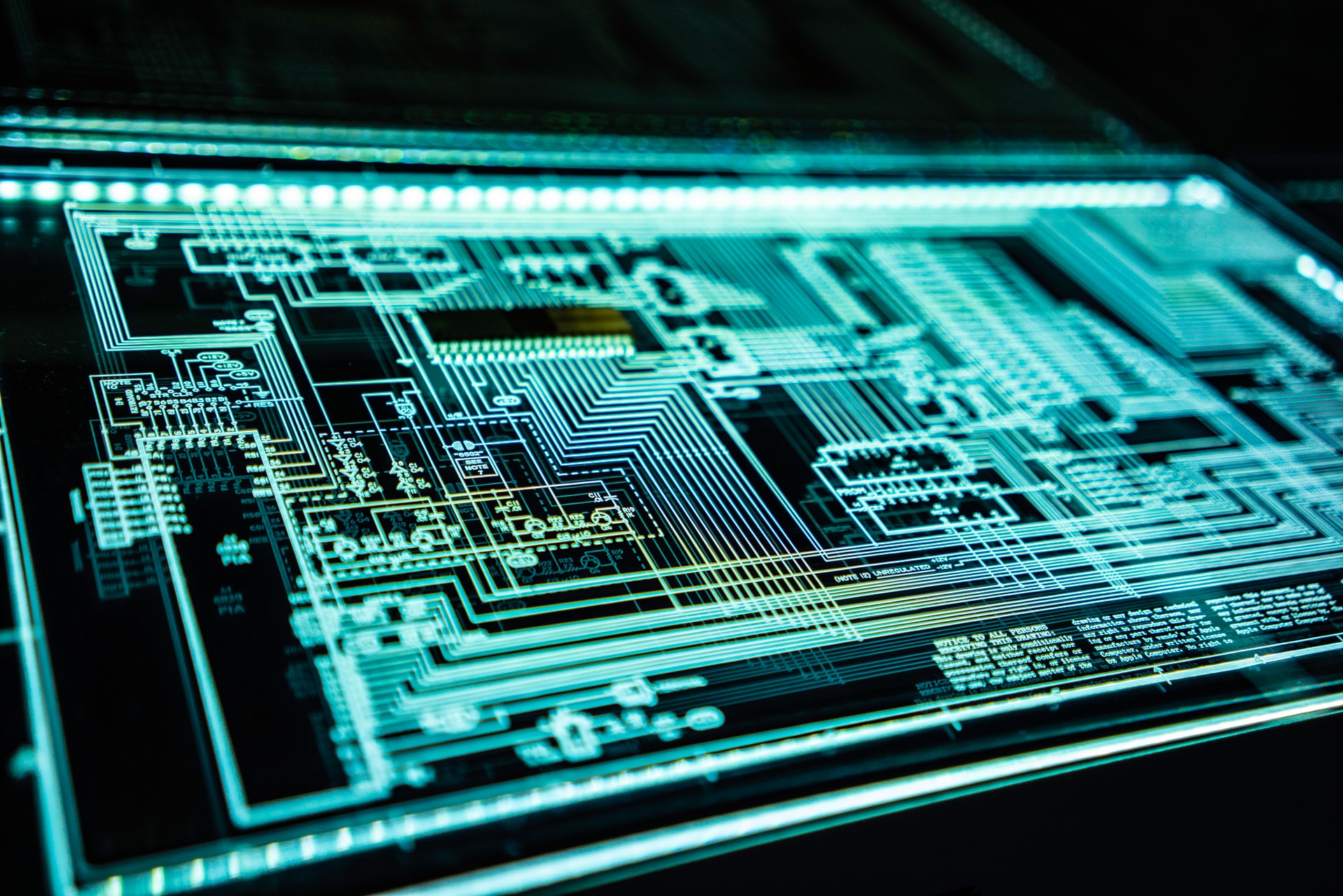The battle between criminals and law enforcement agencies has ranged for a long time. Before the introduction of modern technology, criminals were fond of getting away with carefully executed crimes or escaping justice due to the lack of clear evidence.
However, with the introduction of cutting-edge technology, law enforcement agencies seem to have turned the tides. The crime rate has dropped drastically over the past decades, thanks to advancements in crime detection and prevention technology.
Here are some technologies that give law enforcement agencies the upper hand in crime-fighting.
1. Mobile Technology and Smartphone Tracking
A smartphone may not be a dangerous weapon used to perpetrate criminal acts. However, the ability to track a suspect’s smartphone can be decisive in capturing criminals.
Thanks to technological advancement, law enforcement agencies can track suspects’ smartphones and, where appropriate, preserve, identify, extract, and document evidence with digital forensics tool. Plus, with the help of advanced mobile tech, law enforcement agencies or investigators can find connections between suspects and their crimes, which might be inconspicuous without mobile connections.
2. Security and Surveillance Upgrades
In 2014 poor Carlesha Freeland-Gaither was kidnapped in Philadelphia. Of course, at first, no one knew who had committed the crime nor the whereabouts of Carlesha. However, thanks to surveillance footage, the police could connect the dots, track down the car used in the crime, rescue Freeland-Gaither, and arrest the perpetrator.
Security surveillance is criminals’ worst nightmare and a valuable tool for law enforcement agencies. Unlike the cameras used many years ago, the latest modern surveillance cameras come with higher image quality and diminished sizes, making them effective in crime investigation.
In addition to surveillance cameras, face-recognition tech is another tool that has proven to be valuable in crime-fighting, helping law enforcement agencies pick faces from crowds.
3. Biometrics
Many smartphone users are conversant with biometrics—a tech that enables smartphone users to unlock their devices with a fingerprint or iris scan. This tech, which has been around for decades, isn’t only effective in securing our phones, it can also help in the investigation aspect of crime-fighting.
But how?
Incorporating biometric tech in smaller identification devices has made it possible for law enforcement agencies to spot criminals with records or pending warrants without waiting for a time-consuming process. These portable devices can be used at a crime scene to take fingerprints and then used on witnesses to determine if a culprit is still at the scene.
4. Social Media
Business owners can talk endlessly about the immense benefits of social media for their business. The same applies to an average individual who uses social media platforms to connect and socialize.
But what about law enforcement agencies?
Of course, they aren’t excluded.
Like business owners, law enforcement agencies have benefited from social media platforms. Having a dedicated account with various social medical platforms—which boast of a combined 4.62 billion uses and counting—can help law enforcement agencies engage with their communities and act on intelligence in real-time. This has become helpful in solving crimes as it enables the police or other crime enforcement agencies to get up-to-date info regarding crimes and act immediately
Conclusion
Technology has influenced crime-fighting and investigation in many ways. Thanks to the advent of tech, including its advancement, criminal cases are solved faster, and justice is meted out to victims and loved ones. But, of course, with the rapid improvement in tech, we can only hope that crime fighting and investigation get better.











